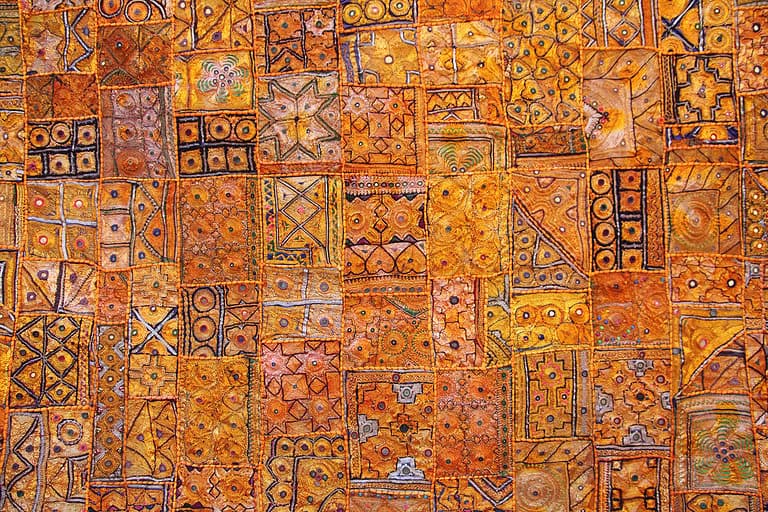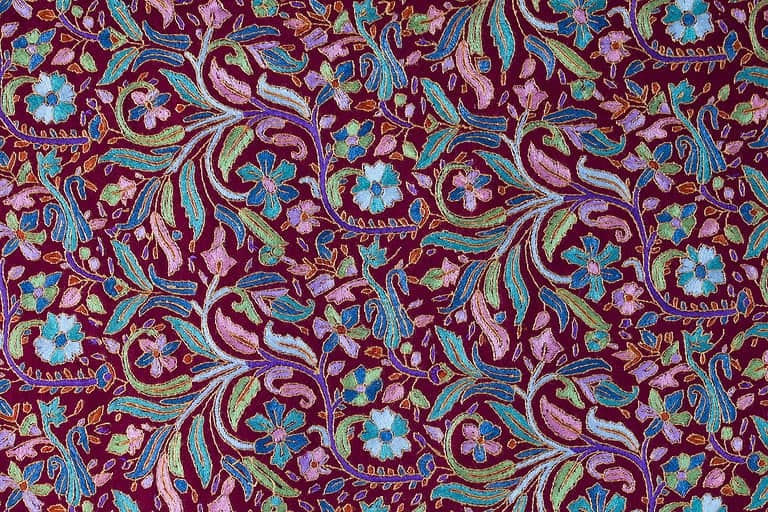Over time, rugs can fade, lose their vibrancy, or simply no longer match your décor. Instead of replacing an old favourite, you might wonder, can you dye a rug to bring it back to life? The answer is yes! Dyeing a rug is an effective way to refresh its colour and give it a whole new look. Whether you want to restore its original hue or try something entirely new, dyeing a rug can be a fun and rewarding DIY project.
In this guide, we’ll answer the question of can you dye a rug and more—from choosing the right materials to a step-by-step process for achieving a beautifully dyed rug.
1. Can You Dye A Rug Of Any Type?
Before diving into the dyeing process, it’s important to know which rugs can be dyed and which cannot. Not all materials respond well to dye, and understanding this is key to achieving the best results.
Rugs that can be dyed:
- Wool rugs: Wool is one of the best materials for dyeing because it absorbs dye well and retains vibrant colours.
- Cotton rugs: Like wool, cotton rugs can absorb dye effectively, making them a good candidate for colour transformation.
- Nylon rugs: Nylon is a synthetic fibre, but it can still be dyed successfully with the right type of dye.
Rugs that cannot be dyed:
- Polyester or polypropylene rugs: These synthetic materials resist dye, and attempting to dye them will usually result in uneven colouring or complete failure.
- Rugs with protective finishes: Some rugs are treated with stain or water-resistant finishes, which can prevent dye from penetrating the fibres.
If you’re unsure whether your rug can be dyed, test a small, hidden area with dye first to see how it reacts.
2. Preparing to Dye Your Rug
Once you’ve determined that your rug can be dyed, it’s time to gather the materials and prepare your rug for the process.
What you’ll need:
- Fabric dye: Choose a dye that is compatible with the material of your rug (e.g., wool or nylon dye).
- Spray bottle: For applying the dye evenly across the rug’s surface.
- Protective gloves: To avoid staining your hands during the dyeing process.
- Plastic sheeting: To protect the floor underneath the rug.
- Water: A clean water source for mixing the dye and cleaning the rug.
- Stiff brush or sponge: For scrubbing the dye into the fibres.
- Mild detergent: To clean the rug before dyeing.
Clean the Rug
Before dyeing, your rug needs to be thoroughly cleaned. Dirt, dust, and stains can affect how evenly the dye is absorbed, so vacuum the rug and wash it with a mild detergent. Let the rug dry completely before moving on to the next step.
3. Can You Dye A Rug: Step-by-Step Process
Now that you’re prepared, let’s go through the step-by-step process of dyeing your rug.
Set Up Your Work Area
Lay down plastic sheeting or old towels to protect your floor from any spills. Place the rug on the sheeting in a flat position, making sure it’s wrinkle-free for even dye application.
Mix the Dye
Follow the instructions on the fabric dye packaging to mix the dye with water. You’ll need enough dye to cover the entire rug, so adjust the amount based on the size of your rug. For large rugs, you may need to mix dye in batches.
Apply the Dye
Using a spray bottle, evenly spray the dye across the rug. Start from one corner and work your way across the rug, ensuring consistent coverage. If your rug is thick or has a deep pile, use a stiff brush or sponge to work the dye into the fibres.
- Tip: Work in small sections to avoid the dye drying out before you’ve finished applying it to the entire rug.
Let the Dye Set
Once the rug is fully covered, let the dye sit according to the dye manufacturer’s instructions. This can take anywhere from a few hours to overnight, depending on the type of dye you’re using. During this time, keep the rug in a well-ventilated area to allow it to dry and for the dye to set properly.
Rinse and Dry the Rug
After the dye has set, rinse the rug with clean water to remove any excess dye. Make sure you rinse thoroughly to avoid dye transfer onto other surfaces. Hang the rug to air dry or place it flat in a warm, dry area. Avoid direct sunlight as this can cause fading.
4. Post-Dye Care for Your Rug
Once your rug has dried, it’s important to care for it properly to maintain its new colour and prolong its lifespan. Here are a few tips to keep your newly dyed rug looking vibrant:
- Vacuum regularly: Keep dirt and dust from building up on the surface, which can dull the colour over time.
- Spot clean spills immediately: Blot spills with a clean cloth and avoid rubbing, which can cause discolouration.
- Use a rug pad: A rug pad can prevent slipping and help reduce wear on the fibres, especially in high-traffic areas.
5. Can You Dye a Rug With A Professional Service?
While DIY rug dyeing can be a fun and cost-effective way to refresh your rug, some rugs may require professional attention. If your rug is particularly valuable, delicate, or has a complex pattern, it’s worth considering professional dyeing services to avoid damage.
Professional rug dyers have access to high-quality dyes and specialised equipment, ensuring the colour is applied evenly and without streaks. This option is ideal for large or intricate rugs that require expert care.
Dyeing a rug is a fantastic way to rejuvenate a faded or outdated piece, breathing new life into your home décor. Whether you opt for a DIY approach or seek professional help, knowing the answer to can you dye a rug opens up endless possibilities for customising your space. With the right materials and a little creativity, you can transform your rug and enjoy it for years to come.
Ready to learn more beyond can you dye a rug? Visit Twickenham Rug Company to discover stunning designs that can elevate any living space. Feel free to contact Twickenham Rug Company at:
Phone: 020 8892 5378
Email: [email protected]
Frequently Asked Questions (FAQs)
Q1: Can you dye a rug made from synthetic materials?
A1: Rugs made from polyester or polypropylene are difficult to dye as they do not absorb dye well. Wool, cotton, and nylon rugs are much better suited for dyeing.
Q2: Can you dye a rug within a reasonable timeframe?
A2: The process can take a day or more, depending on the drying time. The dye typically needs to set for several hours or overnight before rinsing.
Q3: Can you dye a rug if it is delicate?
A3: If the rug is valuable or delicate, it’s best to consult a professional to avoid damage. Professional rug dyers can ensure even colour application without risking the rug’s quality.


